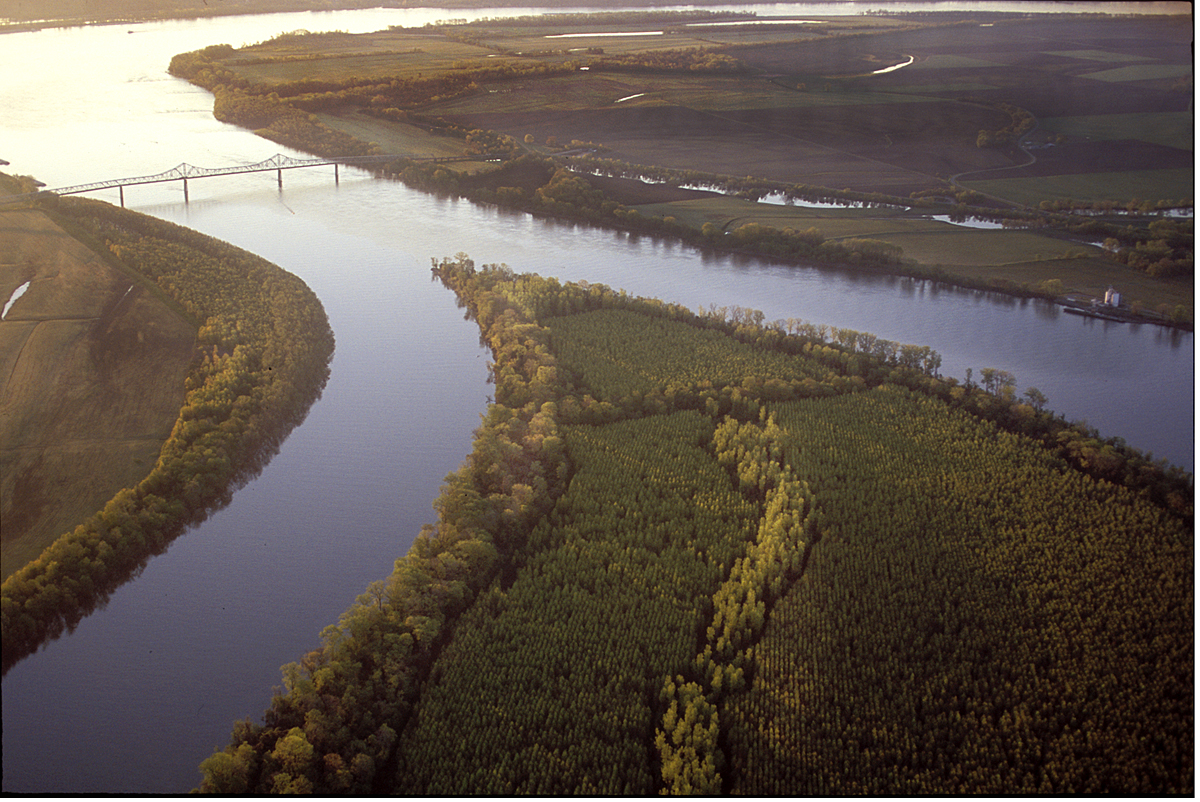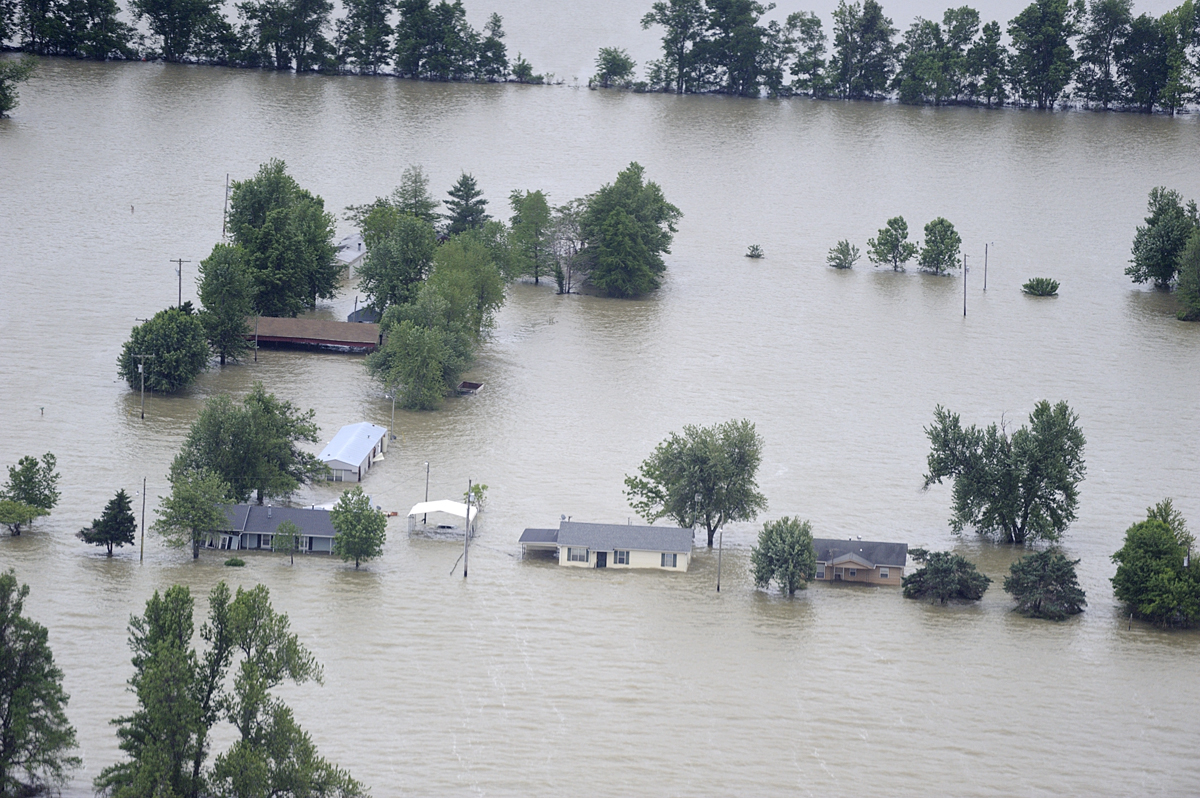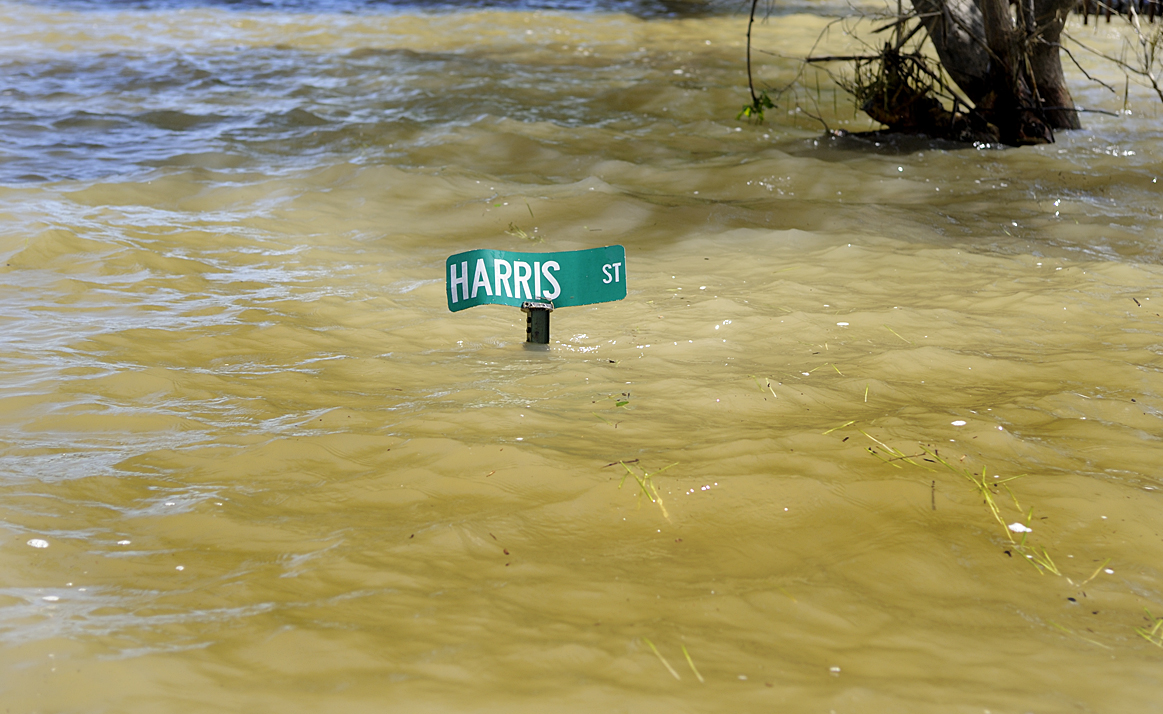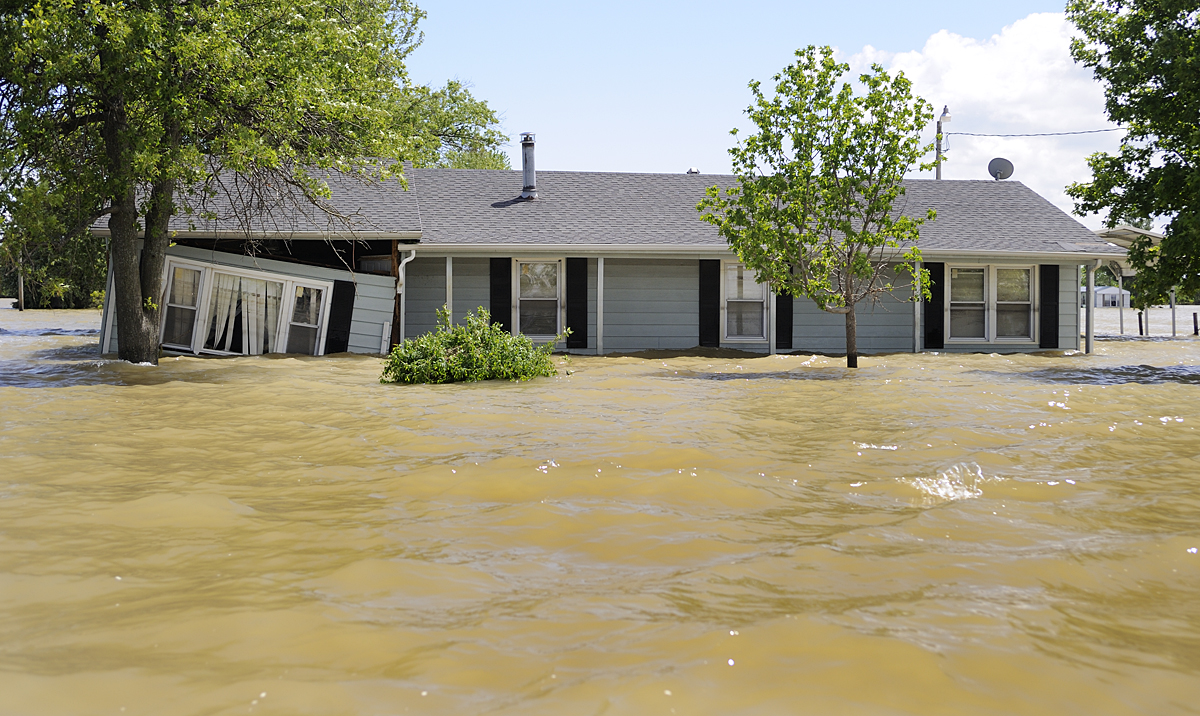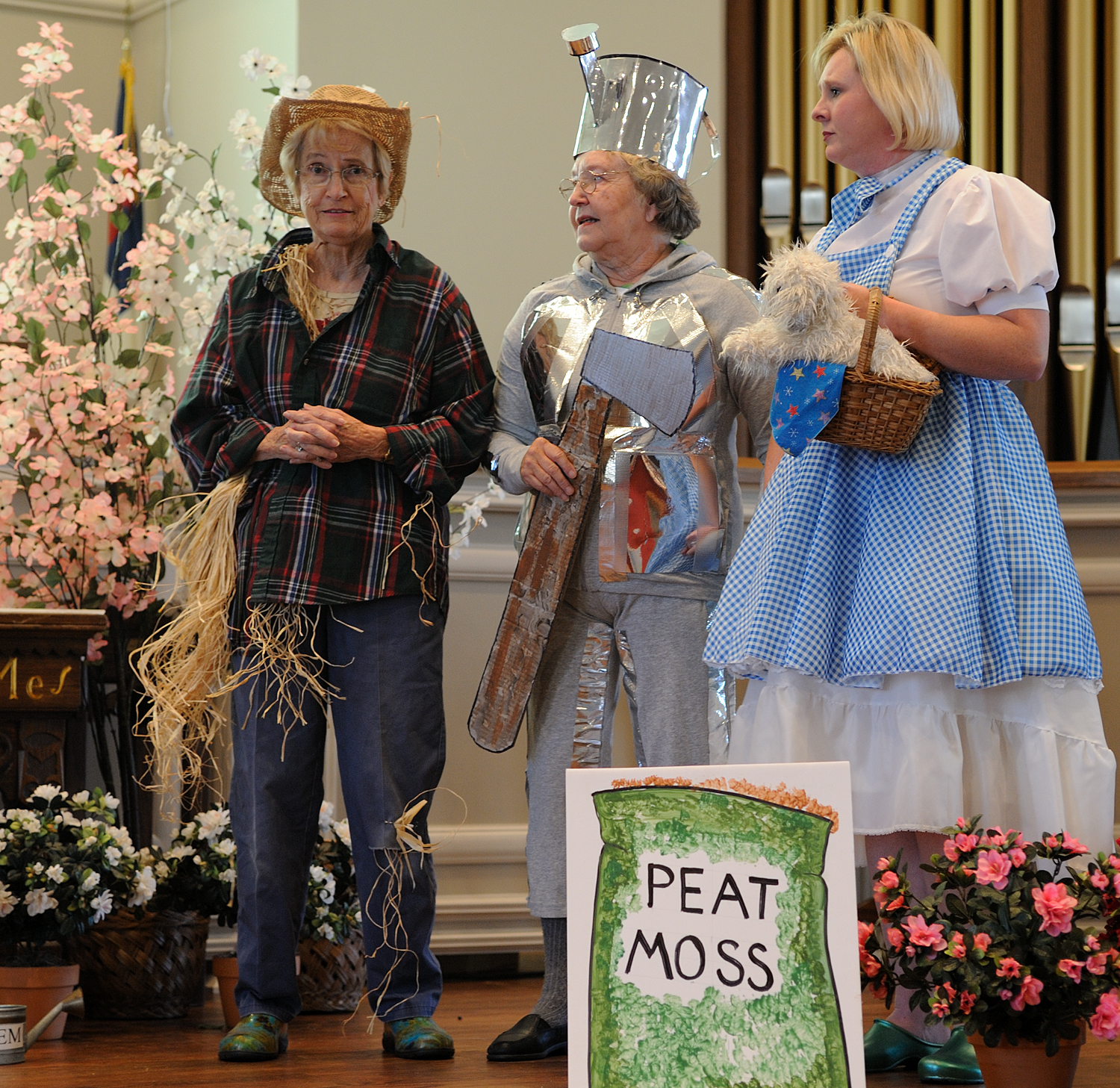Nearly three months ago I shared with you the devastating effects of the great flood of 2011 on the people of Mississippi County, Missouri. I invited you to contact the U. S. Army Corps of Engineers and implore them to “do the right thing” and help these folks put their lives back together. Many of you did; many sent me copies of your emails and of responses from the Corps. Again, my heartfelt thanks for that! We were joined by voices of elected officials and empathetic people from all over the country and things looked hopeful. Unfortunately, it hasn’t turned out as hoped and the people of Mississippi County are struggling. Here is the situation –
On May 2nd, the U. S. Army Corps of Engineers detonated 250 tons of explosives inside the Bird’s Point Levee at three separate locations. The act, which was part of a plan to save the city of Cairo, Illinois, and other downriver communities, allowed a torrent of Mississippi water to roar in at a rate of 550,000 cubic feet per second. As a result, nearly 100 homes, 130,000 acres of farm land and countless silos and barns were immediately destroyed. I toured the area by boat and plane in May and was overwhelmed by the extent of devastation. Click back to the posts in May and June to see some of those photos and stories.
Since then, there have been myriad studies, meetings and evaluations, but very little actual help. People whose homes and farms were destroyed are still without answers or assistance. They are still crammed into the homes of relatives or friends, unsure of any options for their future. These are resilient and independent people; many are the 6th generation of their family to farm this land. They are pragmatic about living near the River; they accept it will flood occasionally and some crops will be lost. They even accept that some homes may be flooded and the messy goo will need to be cleaned up. But, the force of the water released by these blasts is unprecedented. It tore apart the homes and barns and crushed the silos like paper cups. It gouged networks of ravines in former cornfields, leaving holes as deep as 60 feet in some. It washed away miles of roads and bridges. The African American community of Pinhook (in the post of May 29) is a ghost town. One couple is staying on their second floor; the rest of the homes lie around them in uninhabitable ruins.
Not only has financial assistance to those affected come only in dribbles, far below anyone’s estimate of the damage, but the Corps of Engineers has now made a decision which projects a bleak future for everyone. The Bird’s Point Levee, they have decided, will only be rebuilt to an “interim” level, which is 10.5 feet lower than when it was destroyed. Since the River has exceeded that level in 12 of the past 20 years, it seems only a question of when, not if that lower levee will be overtopped, inundating the area again.
After my own research, I do understand that these are incredibly complex decisions. The Corps must take into consideration the interests of many different entities. We all know that funding is tight and that nature has given the Corps plenty to do this year. Still, stopping the levee rebuilding more than ten feet below the previous level seems a short-sighted and dangerous act and no one, not even the Corps, seems to be saying that it can prevent disaster.
As I visited downriver communities after the flood, people there expressed their appreciation for the sacrifice required of Mississippi County. They did feel it made a difference. The release of all that water into Mississippi County, they said, relieved the pressure on their levees and helped minimize the damage. Does it not seem these folks have sacrificed enough? Is it not time to say thank you and help them pick up the pieces of their lives??
A documentary film was premiered yesterday in East Prairie, Missouri, telling the story of the devastation and the ongoing struggle of the people there. It has just now been made available online. Please take a moment to see it – just click this link www.disasteratbirdspoint.com Click the “Watch the Video” button and then, if you are moved to do so, add your voice to those calling for the Corps of Engineers to help the people of Mississippi County, fix what they broke and fully restore the levee. You can easily help in whatever way you choose by using the buttons available on this site.
The events of our world pass quickly these days – and if you follow much news, there seems to be a disaster somewhere every week, making the flood of 2011 old news. In Mississippi County, although the water has receded and folks continue to do what they can to rebuild their lives, a quiet struggle continues without much notice or much help. The flood was a natural event, but the magnitude of the destruction was the result of decisions made by the Corps of Engineers. It’s too late to affect those decisions, but it is exactly the right time to affect current ones. Every voice matters. Thanks for listening – Gayle
Below – Mississippi County farmer Sam Barker surveying his flooded farm.

